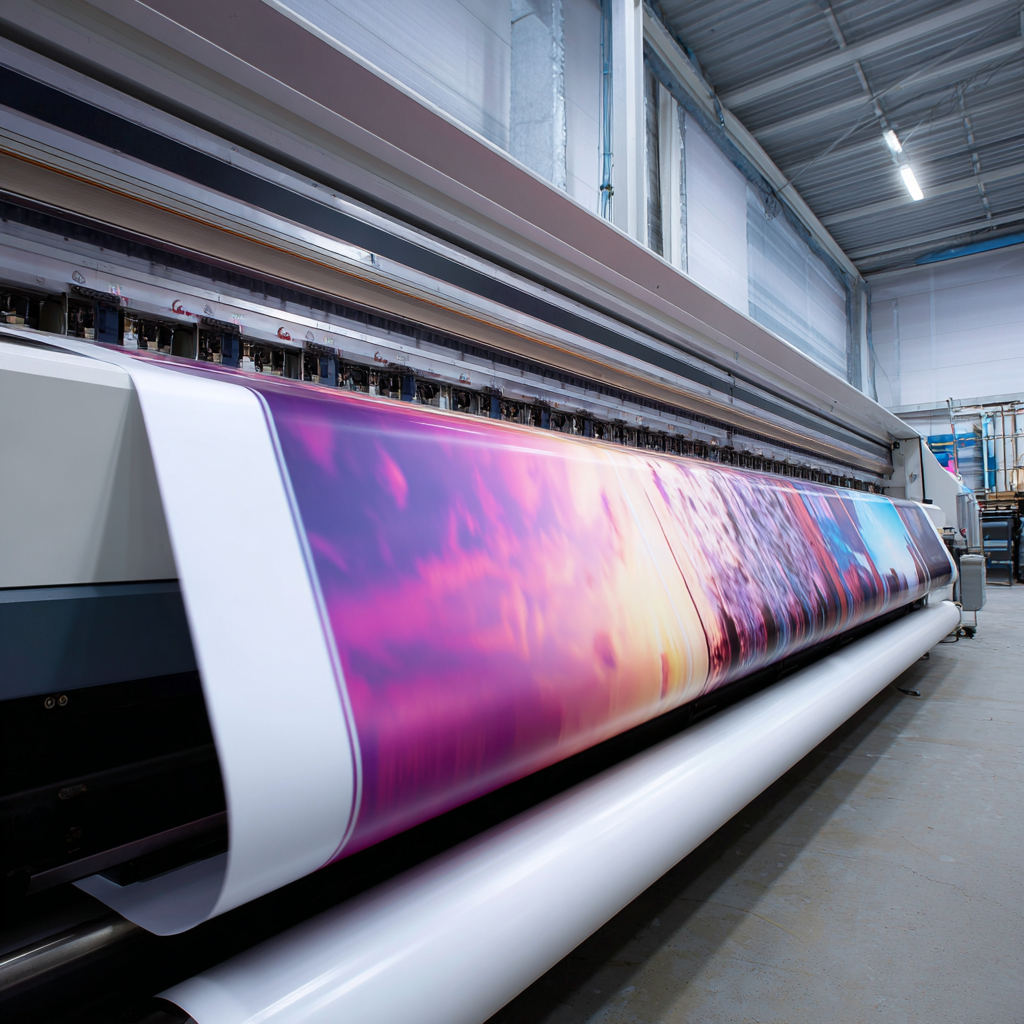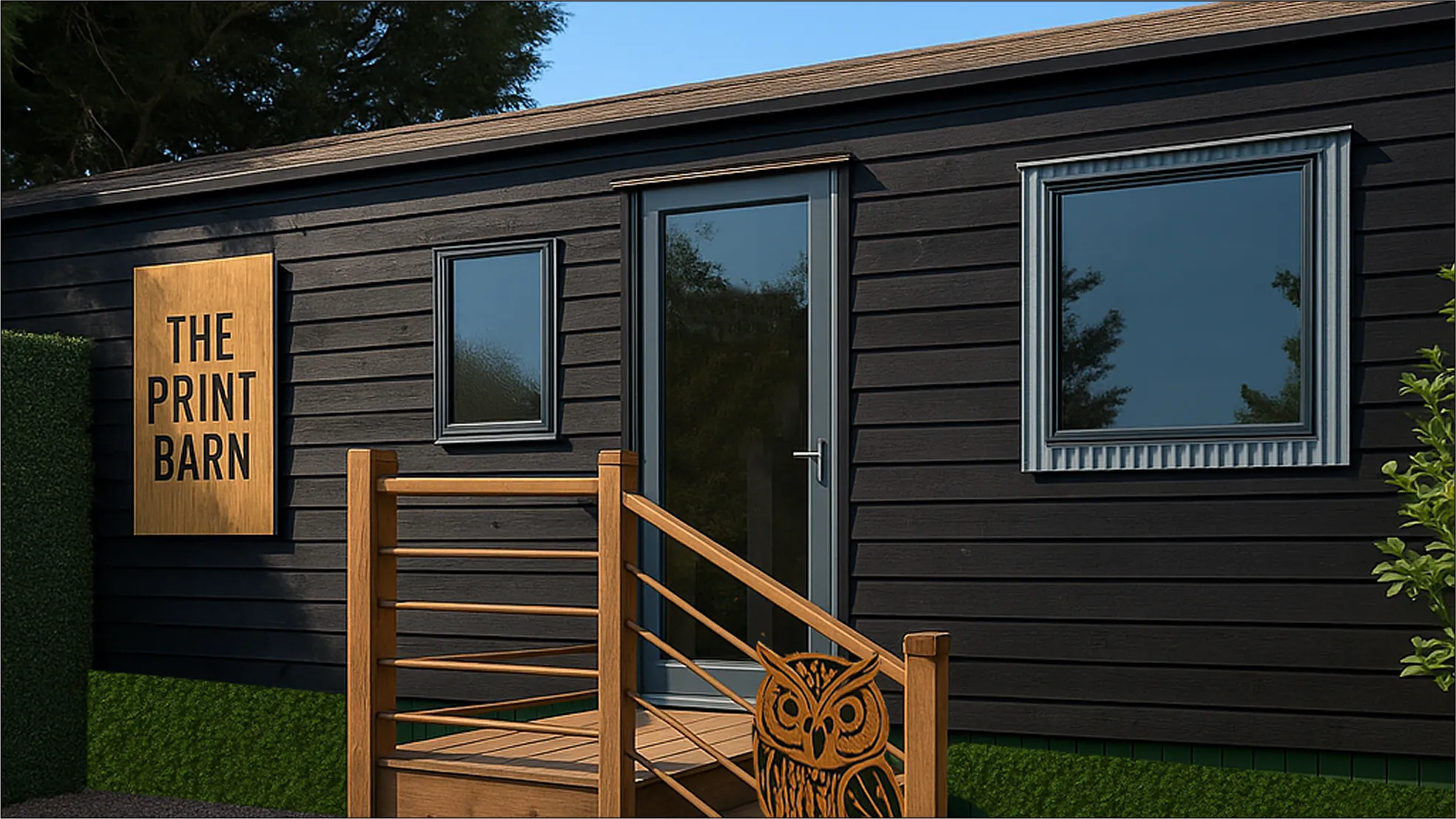
Professional banners remain one of the most cost-effective advertising mediums available to UK businesses, offering exceptional visibility and long-term value. When designed correctly, banners can increase brand awareness by up to 80% and drive significant foot traffic to businesses. This comprehensive guide will help you create banners that command attention and deliver measurable results.
Understanding Banner Purposes and Placement
Before beginning any design work, clearly define your banner's primary purpose. Are you announcing a sale, promoting an event, or building brand awareness? This purpose will guide every design decision and determine optimal placement strategies.
Location significantly impacts design requirements. Roadside banners need larger fonts and simpler messages for drivers traveling at speed. Event banners can include more detailed information since viewers have more time to read. Indoor banners allow for finer details and complex messaging.
Viewing distance determines sizing requirements. The general rule suggests letter height should be one inch per 10 feet of viewing distance. This means letters should be at least 6 inches tall for banners viewed from 60 feet away.
How to Choose the Right Banner Size
Step 1: Measure Your Space
Accurately measure the available space where your banner will be displayed. Consider both the area available and any obstacles that might obstruct viewing. Account for hanging hardware when calculating final dimensions.
Step 2: Consider Standard Sizes
Common banner sizes include 2x4 feet for small displays, 3x8 feet for medium applications, and 4x8 feet for large outdoor use. Standard sizes often cost less than custom dimensions and are easier to store and transport.
Step 3: Evaluate Viewing Conditions
Windy conditions require additional reinforcement and may influence size choices. Larger banners create more wind resistance, potentially requiring additional mounting hardware or size adjustments.
How to Create Compelling Visual Hierarchy
Start with your most important message as the primary focal point. This might be your business name, a promotional offer, or an event date. This primary message should be the largest and most prominent element on your banner.
Secondary information should support the primary message without competing for attention. Contact information, website addresses, and additional details should be clearly readable but subordinate to the main message.
Use the "squint test" to evaluate hierarchy. Step back and squint at your design. The elements that remain visible represent your visual hierarchy. If everything appears equally important, your hierarchy needs adjustment.
Typography and Readability
Sans-serif fonts work best for banners because they remain readable at distance and in various lighting conditions. Avoid decorative fonts that might look attractive up close but become illegible from viewing distance.
Limit yourself to two font families maximum. Use one font for headlines and another for body text. This restraint creates cohesion whilst ensuring readability across all elements.
Letter spacing and line spacing become crucial for distant viewing. Increase spacing between letters and lines to improve readability. Text that looks perfectly spaced on a computer screen might appear cramped on a large banner.
How to Select High-Impact Colours
High contrast between text and background ensures readability in all lighting conditions. Black text on white backgrounds provides maximum contrast, whilst white text on dark backgrounds works well for evening visibility.
Consider your brand colours whilst prioritising readability. If your brand colours don't provide sufficient contrast, use them as accent colours rather than primary text colours.
Test colour combinations in various lighting conditions. Colours that work well in bright sunlight might be problematic in overcast conditions or artificial lighting. Consider where and when your banner will be displayed.
Material Selection and Durability
Vinyl banners offer excellent durability and weather resistance for outdoor applications. They resist fading, tearing, and moisture damage whilst maintaining vibrant colours throughout their lifespan.
Fabric banners provide premium appearance for indoor applications and high-end outdoor use. They're less prone to wind damage and offer better aesthetics for trade shows and professional events.
Mesh banners reduce wind resistance by allowing air flow through the material. They're ideal for windy locations where solid banners might be damaged or pose safety risks.
How to Optimise for Weather Conditions
Wind resistance affects banner longevity and safety. Mesh materials, wind slits, and proper mounting hardware all contribute to wind resistance. Consider local weather patterns when selecting materials and mounting methods.
UV resistance prevents fading and material degradation. High-quality inks and materials resist UV damage, ensuring your banner maintains its appearance throughout its useful life.
Weather-resistant mounting hardware prevents banner failure during storms. Stainless steel grommets, reinforced edges, and appropriate mounting systems ensure your banner remains securely attached in all weather conditions.
Message Clarity and Call-to-Action
Keep messages concise and focused. Viewers typically have only seconds to read your banner, so every word must contribute to your core message. Aim for 7 words or fewer in your primary message.
Include clear calls-to-action that tell viewers what you want them to do. "Call Today," "Visit Our Website," or "Stop By Our Shop" provide specific direction for interested prospects.
Contact information should be easy to remember and act upon. Website addresses should be short and memorable. Phone numbers should be local when possible, as UK consumers prefer local businesses.
How to Ensure Professional Quality
Resolution requirements for banners differ from typical print materials. Large format printing typically requires 100-150 DPI rather than the 300 DPI used for smaller materials. This lower resolution prevents unnecessarily large file sizes whilst maintaining quality.
Bleed areas prevent white edges around your design. Include at least 2-3 inches of bleed on all sides to ensure your design extends completely to the banner edges after trimming.
Review digital proofs carefully before approving production. At The Print Barn, we provide detailed proofs that show exactly how your banner will appear when printed. This review process prevents costly mistakes and ensures satisfaction.
Installation and Maintenance
Proper installation ensures your banner achieves maximum impact whilst maintaining safety. Professional installation services ensure banners are securely mounted and properly positioned for optimal visibility.
Regular maintenance extends banner lifespan and maintains professional appearance. Periodic cleaning, tension adjustment, and hardware inspection prevent minor issues from becoming major problems.
Storage considerations affect banner longevity. Proper storage between uses prevents damage and maintains material integrity. Clean, dry storage areas prevent mold, mildew, and material degradation.
Measuring Banner Effectiveness
Track specific metrics to measure banner effectiveness. Unique phone numbers, specific landing pages, or promotional codes help attribute responses directly to banner advertising.
Monitor foot traffic and sales during banner campaigns. Increased store visits or sales during banner display periods indicate effectiveness and justify continued investment.
Customer feedback provides valuable insights into banner impact. Ask customers how they heard about your business to understand which marketing channels drive the most qualified leads.
Cost-Effectiveness and ROI
Banners offer exceptional value compared to other advertising mediums. A single banner can generate thousands of impressions over its lifespan, creating cost-per-impression rates that traditional advertising cannot match.
Durability extends value significantly. High-quality banners last for years with proper care, providing ongoing advertising value long after initial investment. This longevity makes banners particularly cost-effective for businesses with consistent messaging.
Reusability increases value for seasonal businesses or recurring events. Banners can be stored and reused multiple times, spreading initial costs across multiple campaigns whilst maintaining consistent brand presence.
Professional banners represent powerful marketing tools when designed and executed correctly. By following these guidelines and partnering with experienced printing professionals, you'll create banners that capture attention, communicate effectively, and drive measurable business results. At The Print Barn, we're committed to helping Isle of Sheppey businesses achieve their marketing goals through exceptional banner design and printing services.
What our lovely customers say...
We add that personal touch to each and every order
Why Choose The Print Barn for Your Needs
At The Print Barn, we pride ourselves on our fast turnaround times, ensuring you receive your custom garments when you need them. With no minimum order requirements, we cater to both small and large requests, making it easy for everyone to access high-quality printed and embroidered items. As a UK-based company, we offer friendly support and a personal touch to every order.



